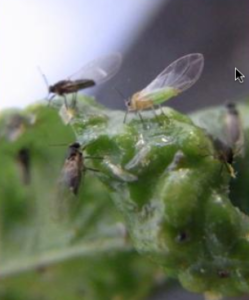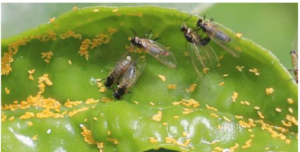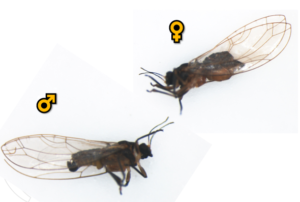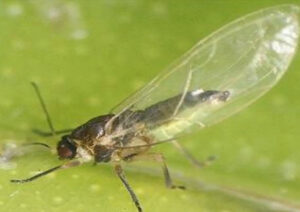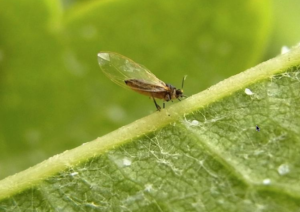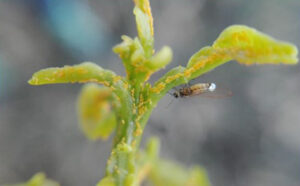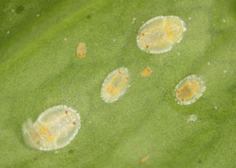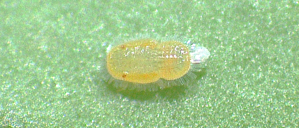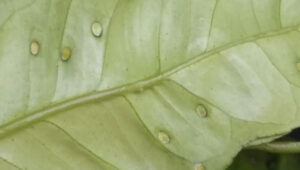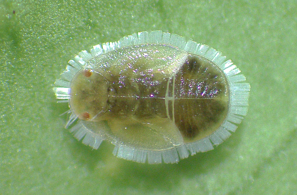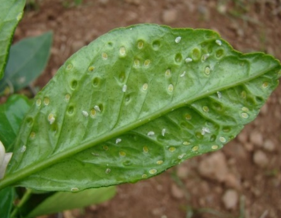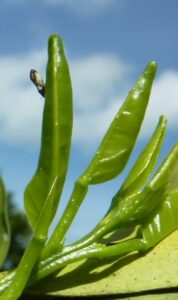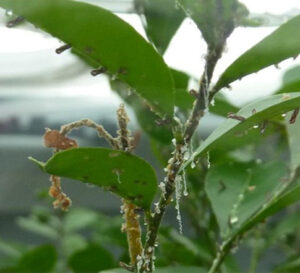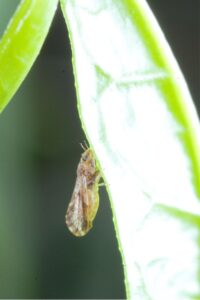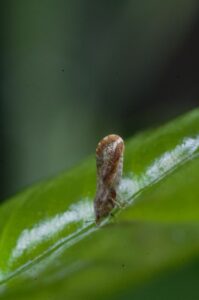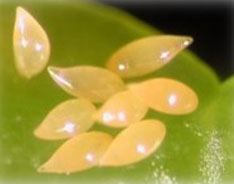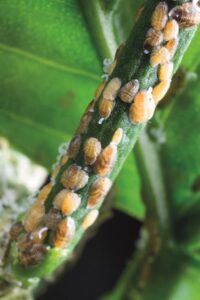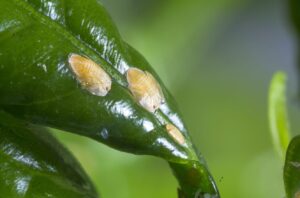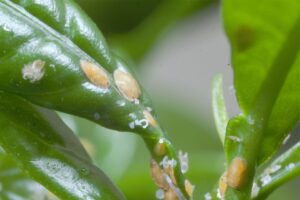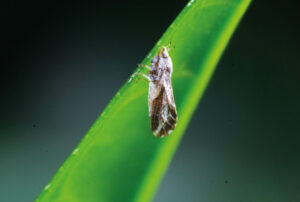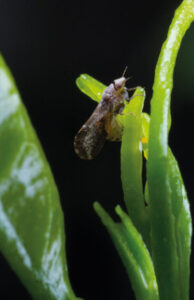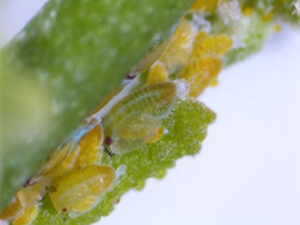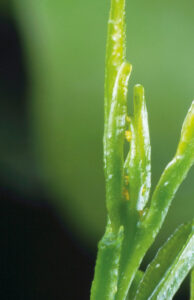What is HLB?
What is it?
Citrus greening, also known as Huanglongbing (HLB) or yellow dragon disease, is a disease of citrus fruit caused by bacteria (Candidatus Liberibacter spp.) that live and multiply in the phloem of the tree. These bacteria are transmitted to other healthy trees by two psyllids, Diaphorina citri and Trioza erytreae, as well as by grafting with infected plant material.
The HLB disease is a major threat to citrus growing worldwide. This disease, described as the most devastating citrus disease, and for which there is currently no cure, reduces the yield and quality of the fruit, causing the death of the tree within 3-5 years. The economic and social impact of an eventual introduction of HLB in our citriculture would be of alarming dimensions, as attested by the cases of other producing regions in the world affected by this disease. For example, in Florida, the main citrus-producing region in the United States, the presence of HLB in just five years led to a 23% drop in productivity, economic losses estimated at more than 1.7 billion dollars and the destruction of more than 8,000 jobs directly and indirectly associated with this sector.
Although the HLB disease has not been detected in Europe to date, the situation in this region is now seriously threatened following the recent detection of Trioza erytreae in the Iberian Peninsula (northern Spain and Portugal).
There is currently no cure for the HLB disease, the best control strategy being the prevention of the disease. In this sense, information and awareness of farmers is of vital importance in the early detection of the vectors and/or the disease.
How can we differentiate them?
Trioza erytreae
The African citrus psylla, Trioza erytreae, has spread to the Iberian Peninsula and the archipelagos surrounding the African continent: Réunion, Mauritius, Madeira and the Canary Islands. Its presence in the Iberian Peninsula was confirmed in August 2014. In particular, this vector finds optimal conditions for its development in humid and temperate climates.
Diaphorina citri
The Asian citrus psylla, Diaphorina citri, is widely encountered in Asia, and in recent decades has spread throughout the Americas, the African islands of Réunion and Mauritius, and several archipelagos in Oceania. It is favoured by warm, coastal-influenced climates and is tolerant of high temperatures.
Trioza erytreae
The African citrus psylla, Trioza erytreae, has spread to the Iberian Peninsula and the archipelagos surrounding the African continent: Réunion, Mauritius, Madeira and the Canary Islands. Its presence in the Iberian Peninsula was confirmed in August 2014. In particular, this vector finds optimal conditions for its development in humid and temperate climates.
Diaphorina citri
The Asian citrus psylla, Diaphorina citri, is widely encountered in Asia, and in recent decades has spread throughout the Americas, the African islands of Réunion and Mauritius, and several archipelagos in Oceania. It is favoured by warm, coastal-influenced climates and is tolerant of high temperatures.

